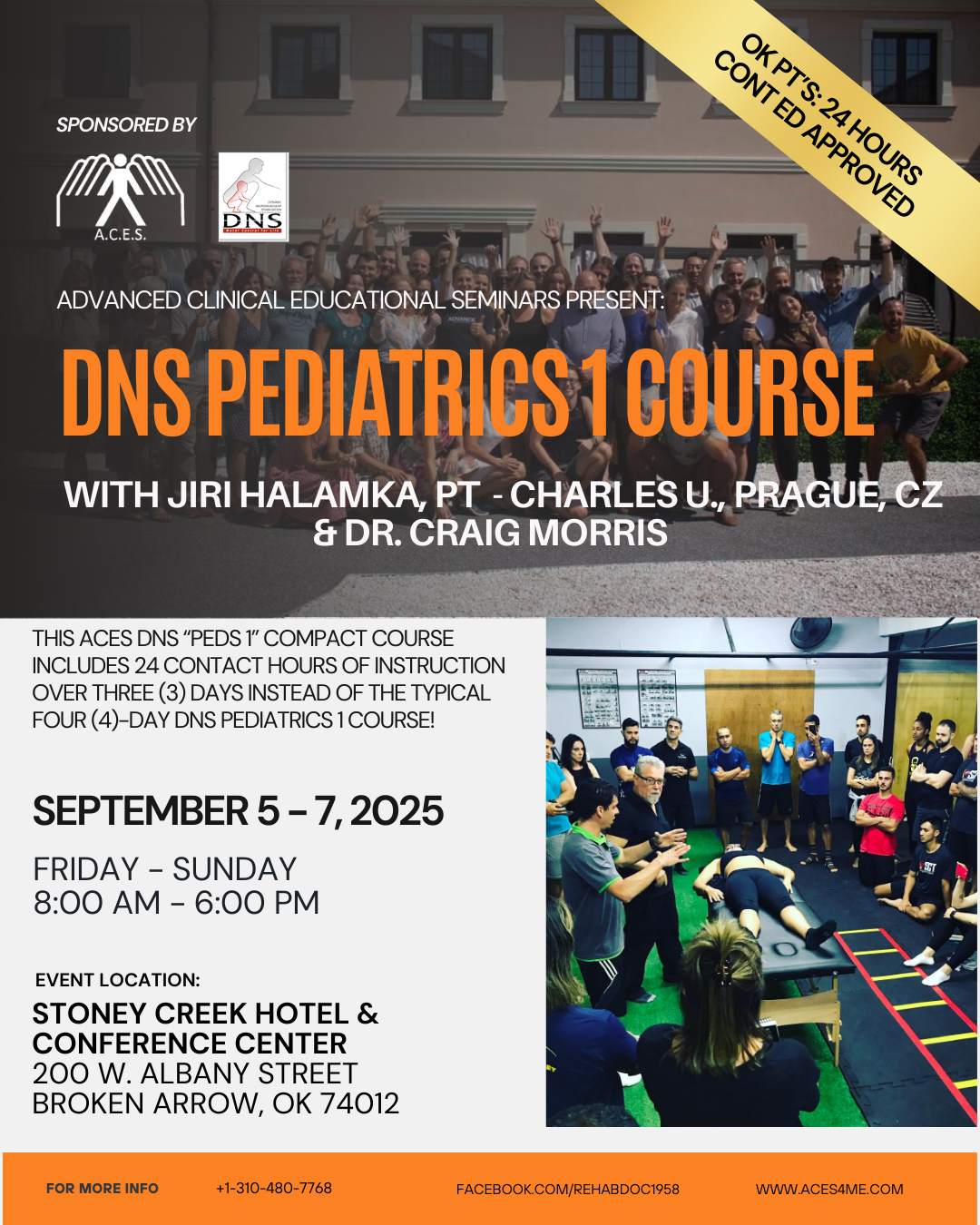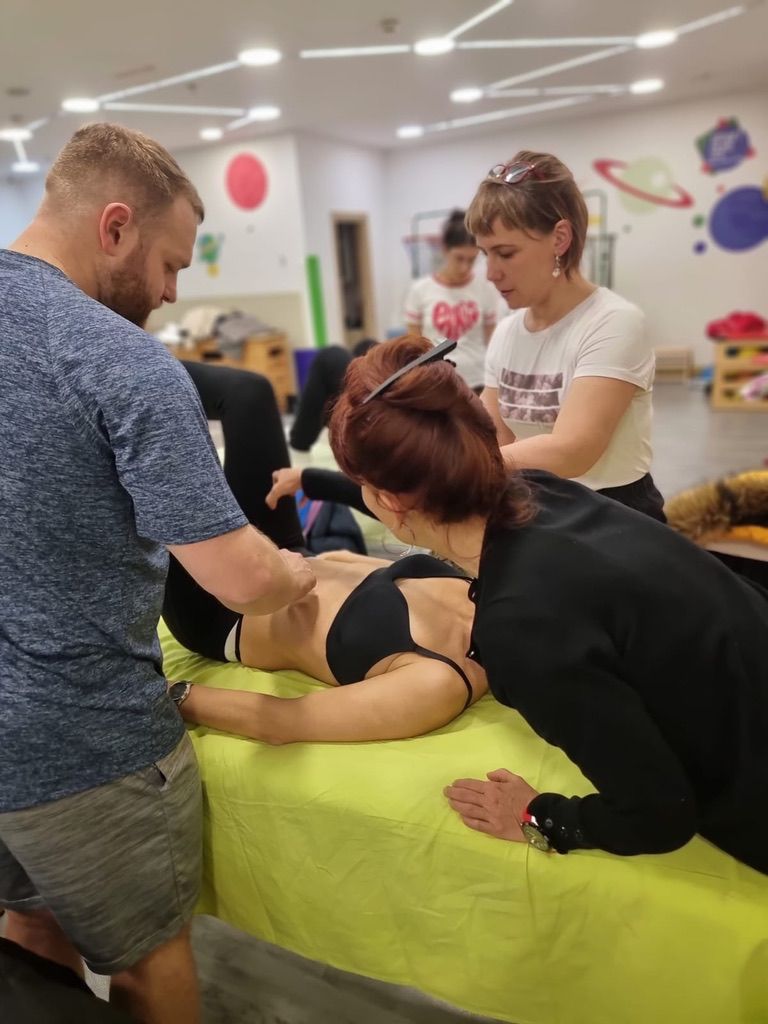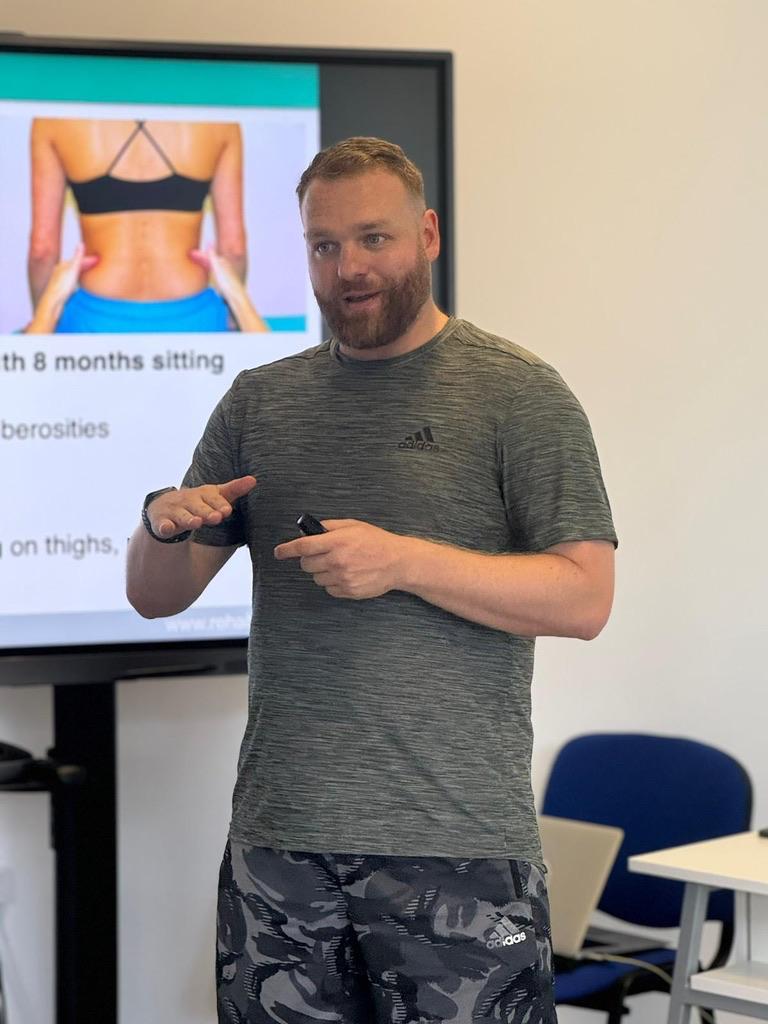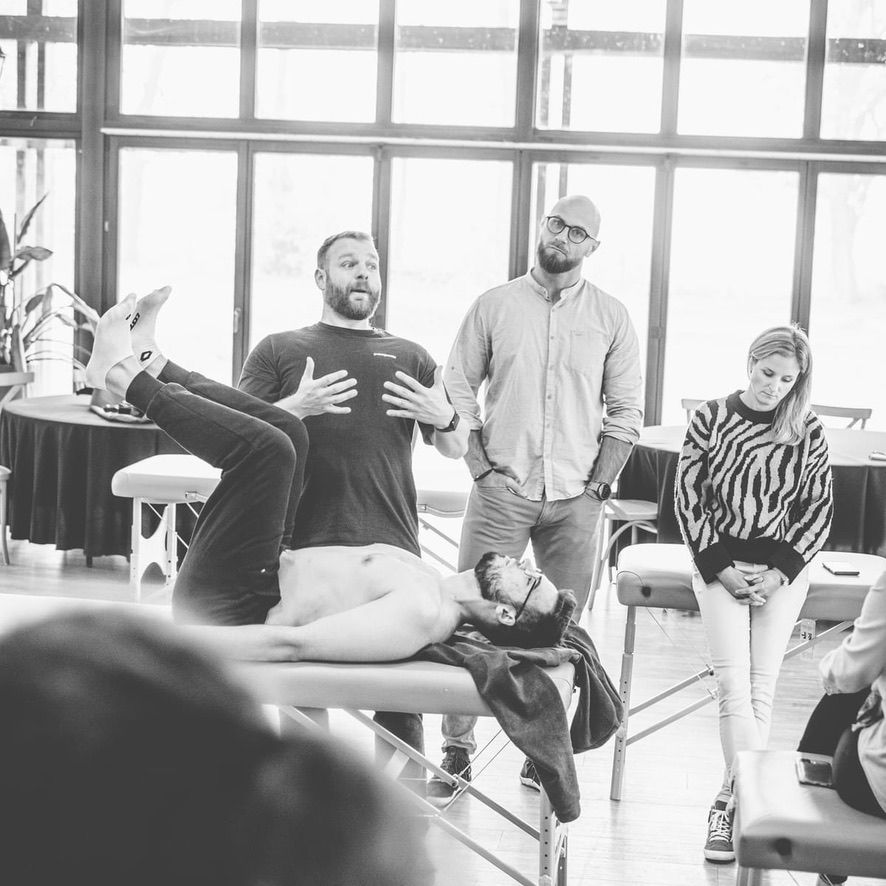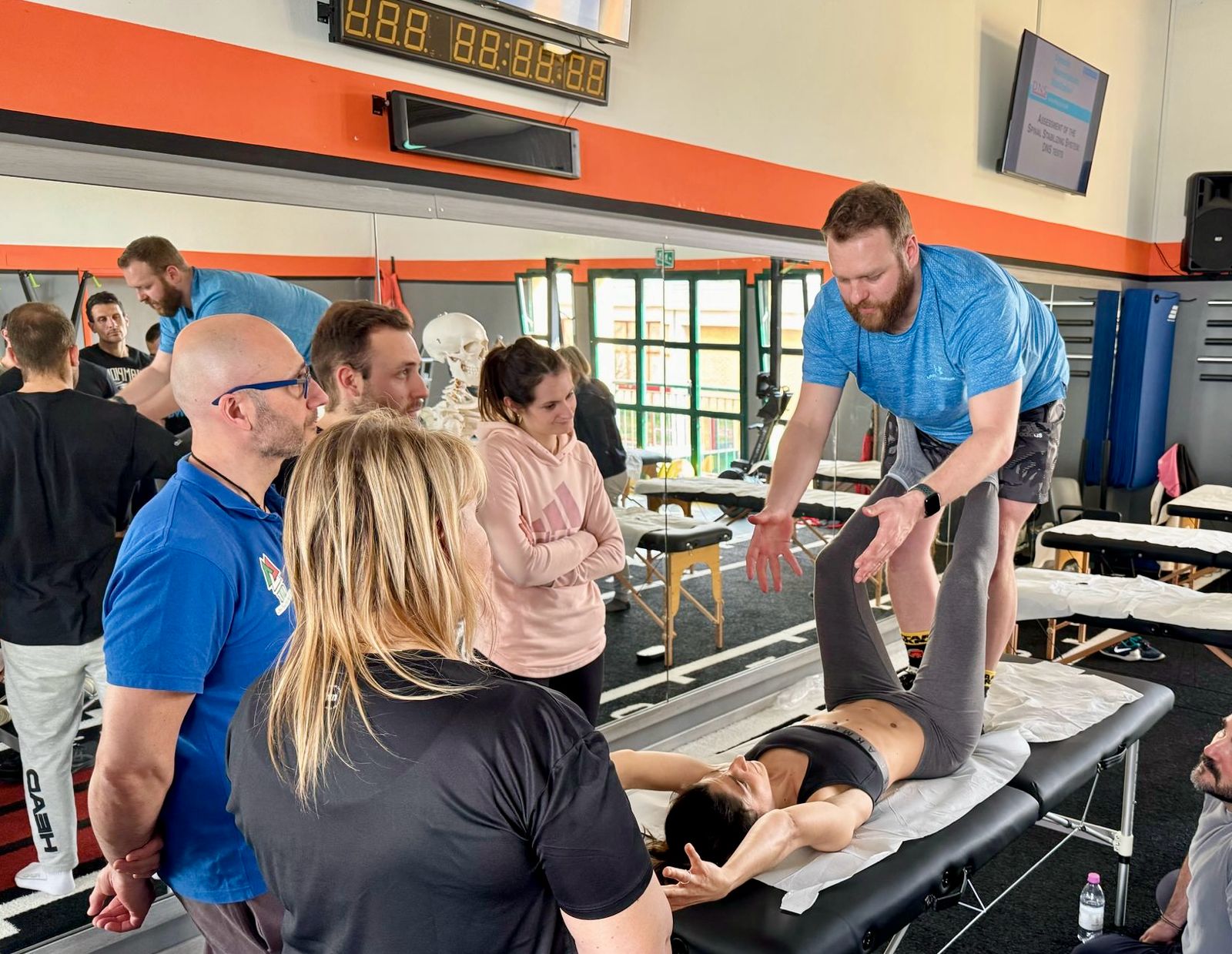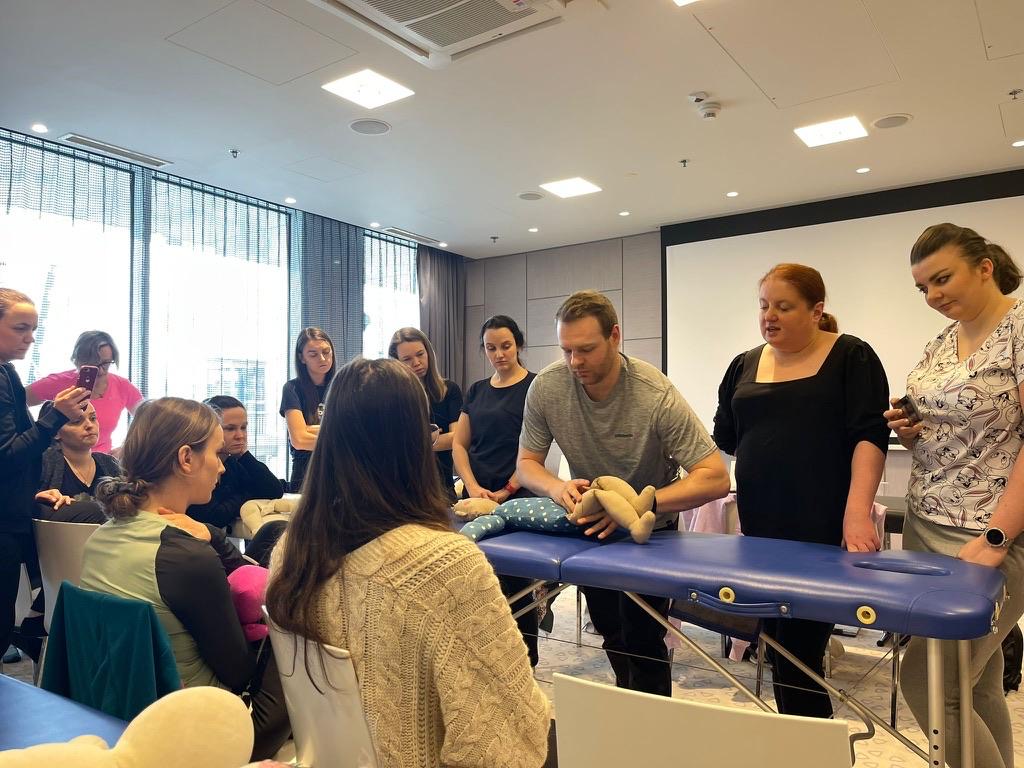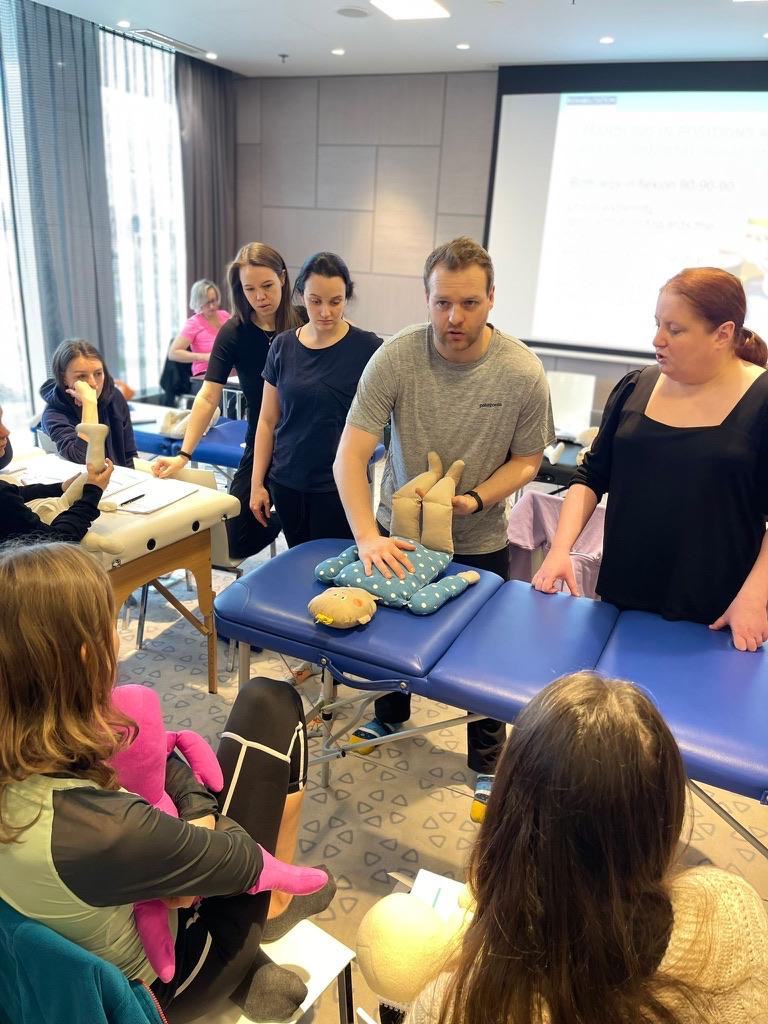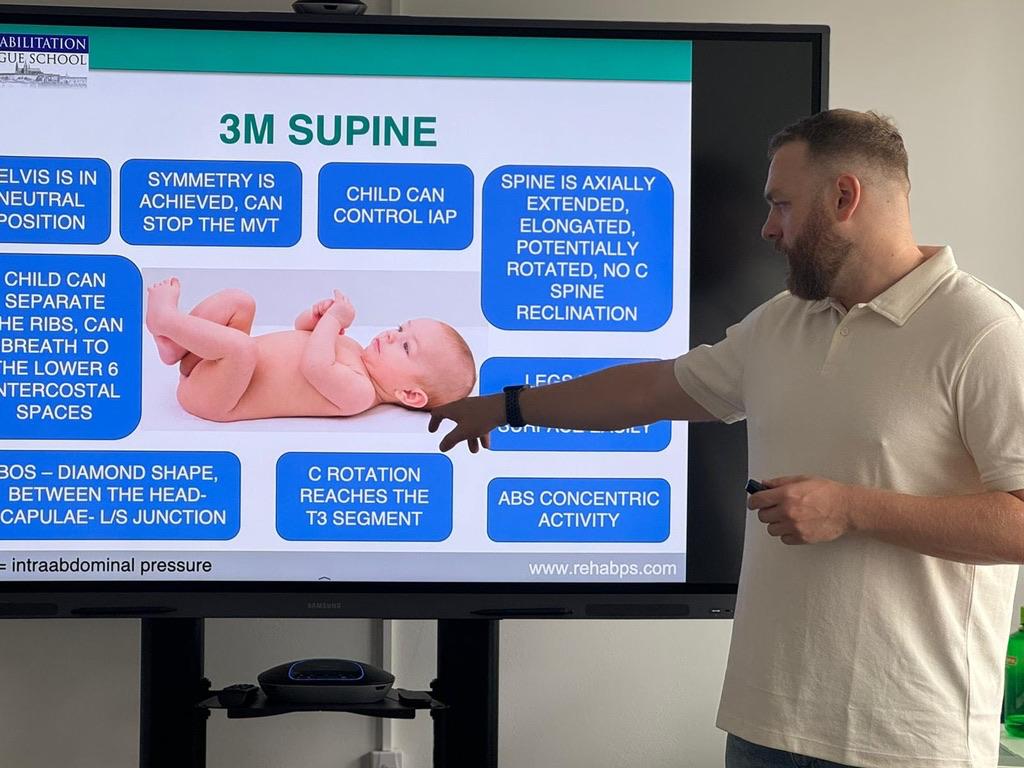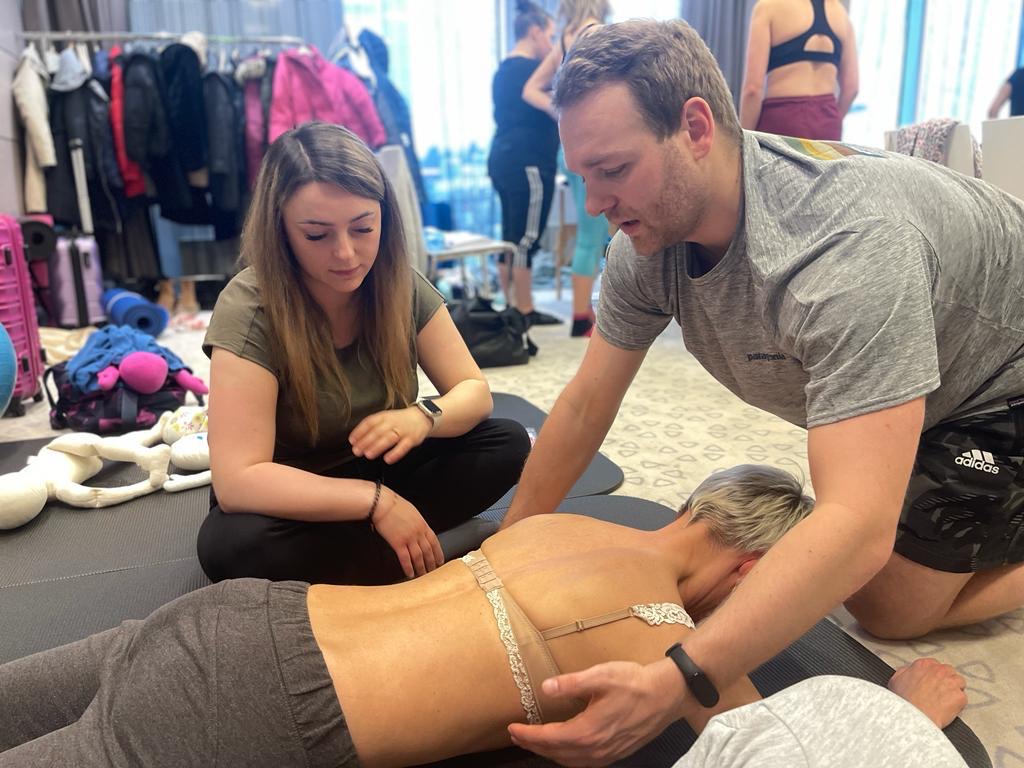3-Day DNS Pediatrics 1 Course
“Pediatrics 1” Details: 24-hours – NOW Approved for Continuing Education Credits in the State of Oklahoma!!
Dynamic Neuromuscular Stabilization according to Kolar (DNS)
A Developmental Kinesiology Approach
This ACES DNS “Peds 1” Compact Course includes 24 contact hours of instruction over three (3) days instead of the typical four (4)-day DNS Pediatrics 1 Course!
DYNAMIC NEUROMUSCULAR REHABILITATION (DNS) COURSE OBJECTIVES:
Pediatric course part 1 (24 contact hours)
This is a 4-day (6 HOURS/DAY) course condensed to THREE 8-hour days (“ACES4ME Condensed” programming) for attendees who work with pediatric clients.
- Demonstrate an understanding of developmental kinesiology in depth with an emphasis on development during the first year of life. Basic sagittal stabilization, postural-locomotion function, stepping forward and supporting extremity function
- Describe the basis for primitive reflexes and postural reactions and their roles in developmental kinesiology
- Red flags in the development during the first year of life
- Assessment of baby’s developmental age. Developmental and chronological age correlation (baby demonstration)
- Describe the relationship between development during the first year of life and pathology of the locomotor system in adulthood
- Assess the integrated stabilizing system of the spine both visually and utilizing dynamic functional DNS tests in children
- Clarify how DNS corrective exercises can integrate with other exercise strategies
- Evaluate and correct poor respiratory patterns
- DNS principles for baby handling in positions that corresponds to developmental positions of the baby age 0-7m. Devices used for carrying babies, yes or no, how and why?
- Child with asymmetry (oblique neck, oblique pelvis, plagiocephaly and their consequences to the development)
- Demonstrations of baby assessment and treatment based on DNS principles
- Toddlers and preschool children exercises according to DNS, basic positions without differentiation
After the DNS Pediatric 1 course participants should be able to assess the spontaneous locomotor function of a child and distinguish between physiological and pathological movement pattern. The emphasis is put on assessment of quality of a movement and assessment of the basic primitive reflexes.
Registration Must Be Completed in Two Parts:
Part One: Submit the form and payment below and then move on to the second part with the link below.


